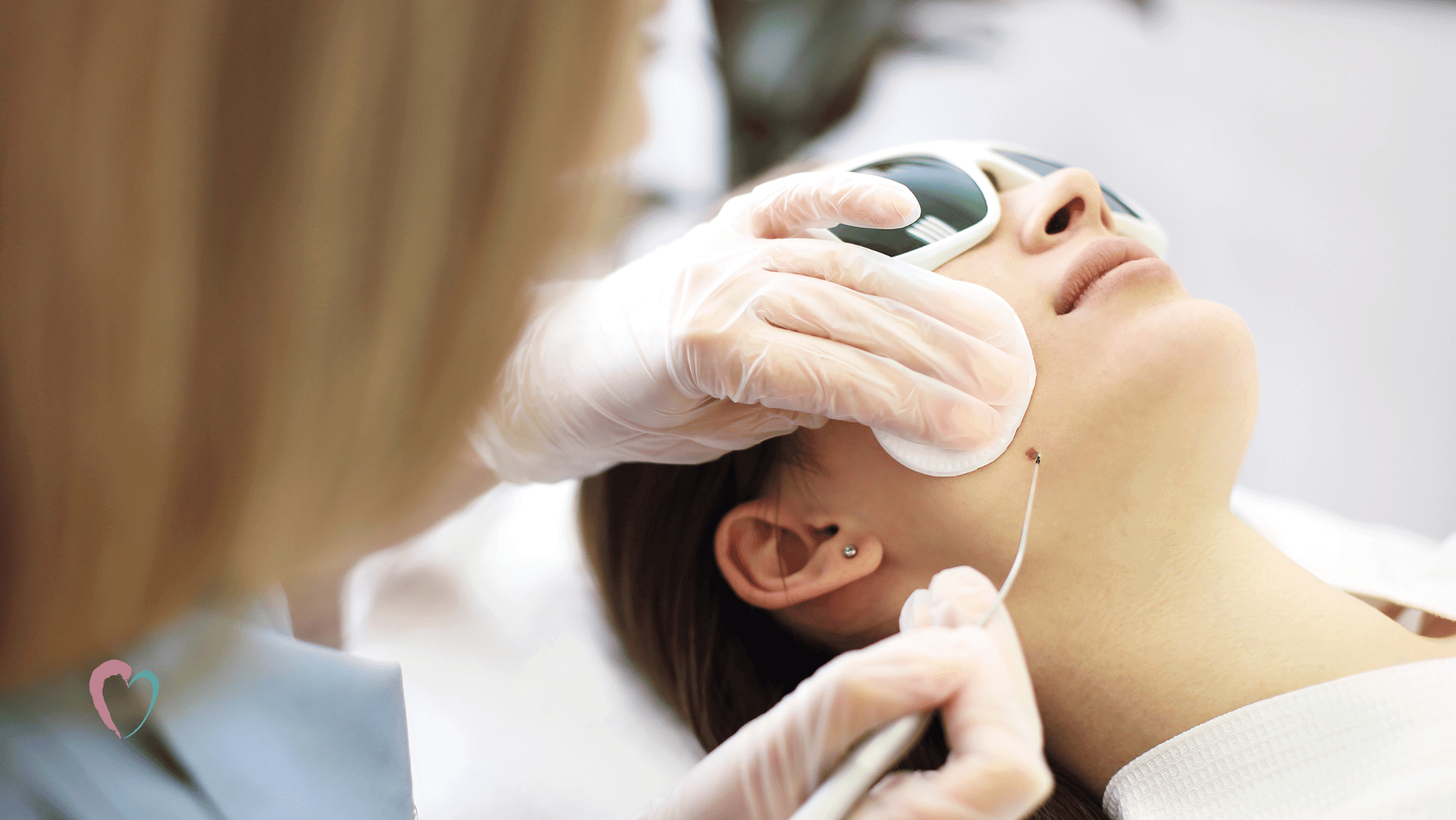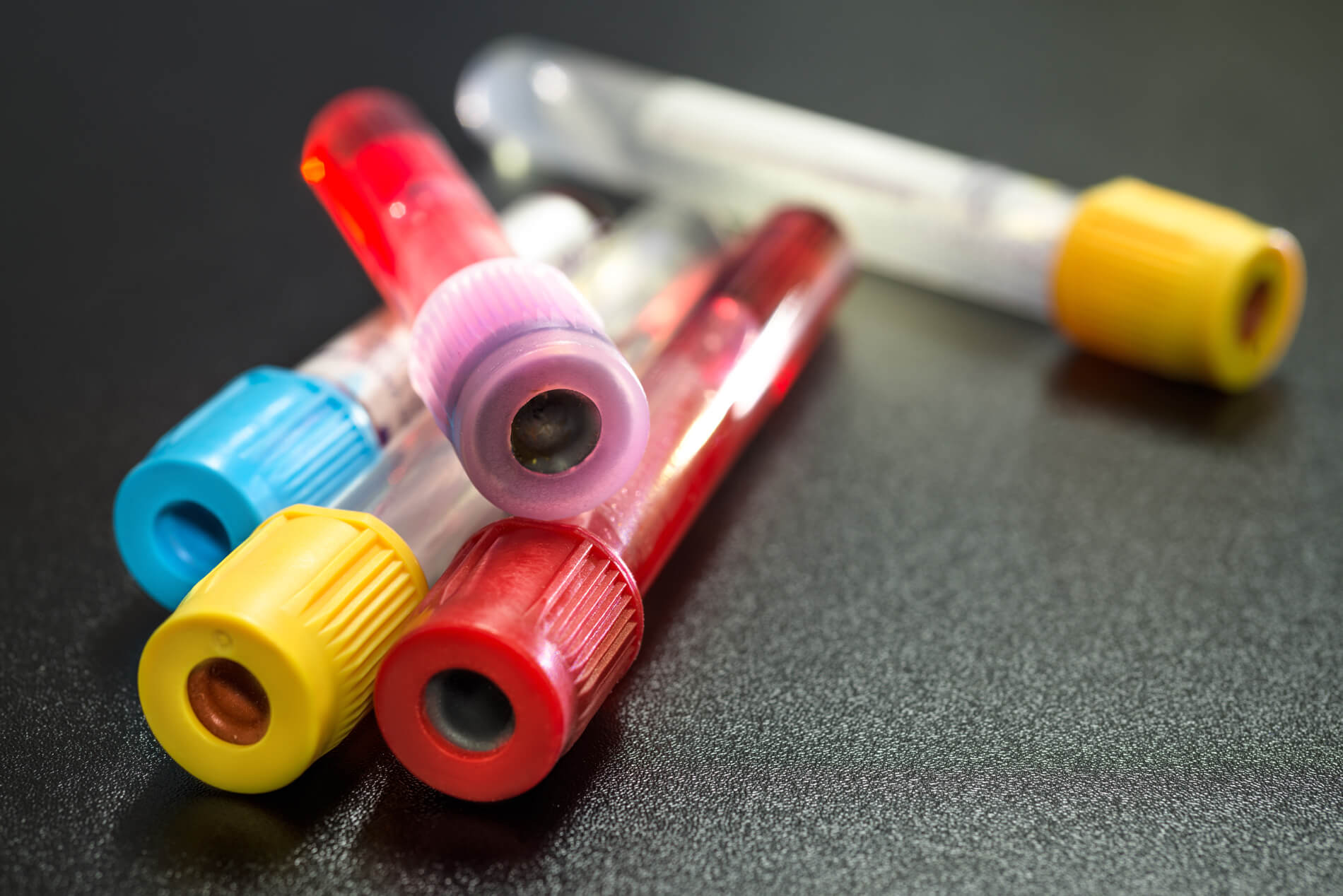Mole Removal: What you need to know before saying goodbye to moles
In some cases, mole removal may be necessary for both cosmetic and medical reasons. We provide valuable insights into mole removal procedures and the significance of monitoring mole changes.
Why Remove Moles?
- Cosmetic Concerns: Many individuals choose to remove moles for aesthetic purposes. Moles that are large, raised, or located in highly visible areas may impact one’s self-confidence and desire for a smoother skin appearance.
- Medical Reasons: Certain moles can pose health risks. Monitoring them for any signs of potential skin cancer, such as melanoma, is crucial. Early detection and removal of suspicious moles can significantly increase the chances of successful treatment.
Types of Mole Removal Procedures:
-
- Excisional Surgery: This procedure involves cutting out the mole and stitching the surrounding skin. Excisional surgery is commonly used for larger moles or those suspected of being cancerous. Local anaesthesia is administered to ensure the patient’s comfort during the procedure.
- Shave Excision: This method suits raised moles that do not penetrate too deeply into the skin. The mole is carefully shaved off using a scalpel or a specialized device during the procedure. Stitches may or may not be required, depending on the depth of the mole.
- Laser Removal: Laser treatment is typically used for smaller, non-cancerous moles. The laser targets the pigmented cells, breaking them down and gradually allowing the body’s natural healing process to remove the mole.
Monitoring Mole Changes:
Regularly monitoring your moles is essential for identifying any potential warning signs. Here are some guidelines to follow:
- ABCDE Rule: Check your moles using the ABCDE rule:
– Asymmetry: A mole should be symmetrical in shape. Any noticeable asymmetry could indicate changes.
– Border: A mole should have a well-defined edge. Irregular, blurry, or jagged borders may be a cause for concern.
– Colour: Moles should typically be a single colour or a uniform shade of brown. Multiple colours or significant colour changes could be alarming.
– Diameter: Melanomas are often larger than regular moles. It should be examined if a mole exceeds 6mm or shows rapid growth.
– Evolution: Any evolving moles that change in size, shape, or texture should be evaluated by a dermatologist.
- Regular Skin Checks: Perform monthly self-examinations to track any changes in your moles. Use a mirror or ask a trusted person for assistance in examining hard-to-reach areas.
- Professional Evaluation: It is advisable to consult a dermatologist to thoroughly examine your moles, especially if you notice any concerning changes or have a family history of skin cancer. Dermatologists can use specialized tools and techniques to assess moles accurately using a ” mole-mapping ” method. It allows us to keep an eye on your moles over a period of time, comparing them carefully to check for changes.
Mole removal serves both cosmetic and medical purposes. While most moles are harmless, changes in their appearance can indicate potential health risks. Regular monitoring, following the ABCDE rule, and seeking professional evaluation when needed are crucial for maintaining skin health. Remember, early detection and timely intervention can significantly affect successful treatment outcomes.
If you’re worried about a mole for any reason, call us today to see Dr. Eldimarys Curry-Machado, who will be able to advise you.








It’s so important to keep an eye on your moles. I noticed a change in color and size on one of mine and immediately got it checked by a dermatologist. Early detection is key.
It’s great to see a focus on early detection and intervention. As women, our schedules can be hectic, but taking the time for regular skin checks and consulting a dermatologist when needed aligns with our commitment to overall well-being.
As someone who has always been conscious of the appearance of my skin, I appreciate the information on different mole removal procedures. It’s good to know that there are options like laser removal for smaller, non-cancerous moles. Regular self-examinations and professional evaluations are definitely something I’ll be more mindful of now.
Thanks for this informative guide on mole removal! It’s reassuring to see the emphasis on consulting with a professional before making any decisions. Many people might be tempted to remove moles at home, but understanding the potential risks and the importance of a thorough examination is crucial. The detailed overview of different removal methods is particularly helpful. Do you have any recommendations for post-removal care to minimize scarring?